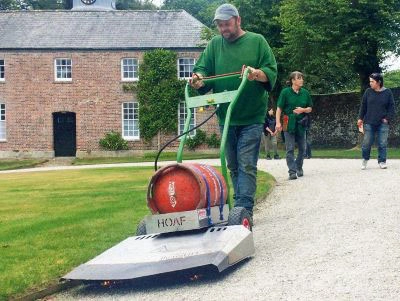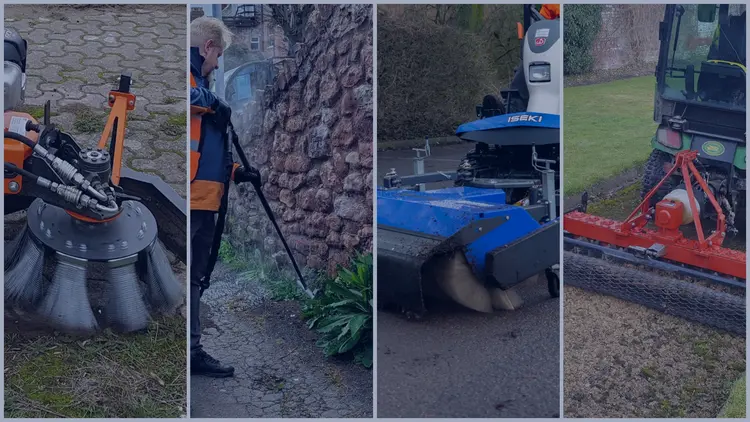
Your 4 step plan to phase out glyphosate
Using an Integrated Weed Management Strategy to Stop Using Glyphosate
So you've decided to stop using glyphosate! Congratulations on making the commitment. If you're reading this page then you're probably wondering what to do next.
Before you jump straight to trialling "alternatives" take a look at our step-by-step system to phase out glyphosate and replace it with an integrated weed management strategy that really works.
Now is the time for a big change in the way we manage weeds on our highways and in our parks. By implementing this change together, we can deliver much more sustainable management of our outdoor environment and reduce the cost of doing so at the same time.
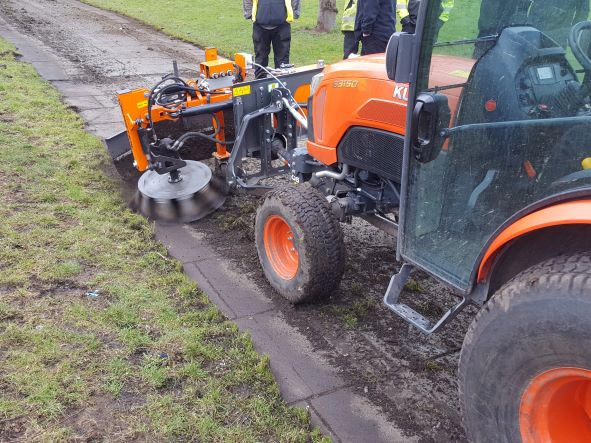
Step 1. Get the community and stakeholders involved
When Implementing a weed management strategy, clear and open communication is key.
How are your weed management contracts written?
Often the weed management contracts are written around treatments with glyphosate - make sure from the off that you are writing contracts, or method statements for your operatives in a way that can be met by teams using methods other than spraying weed killer. You could encourage pricing of the job with and without pesticides if you use contractors.Are the community engaged?
Often residents can be helpfully engaged in community weeding schemes to reduce some of the burden on Council Operatives and Professional Contractors. Many councils such as Manchester and Lambeth council have made progress with this strategy. Cllr Adilypour said: “The response to the Community Weeding Scheme was amazing and we want to say a big thank you to everyone who has been taking part. By Spring 2021 around 150 streets were participating, contributing to a significant reduction in the amount of glyphosate sprayed in the borough and demonstrating that weeds can be managed without chemicals. More information on Lambeth's Community Weeding Scheme can be found here;Talk with suppliers of alternatives to pesticides early in the process
Ask for advice if you are arranging trials or looking to put a new strategy in place - the manufacturers or importers of alternatives often have some useful knowledge and experience. They can let you know what their equipment is realistically capable of achieving, as well as insights into how it fits in an integrated solution.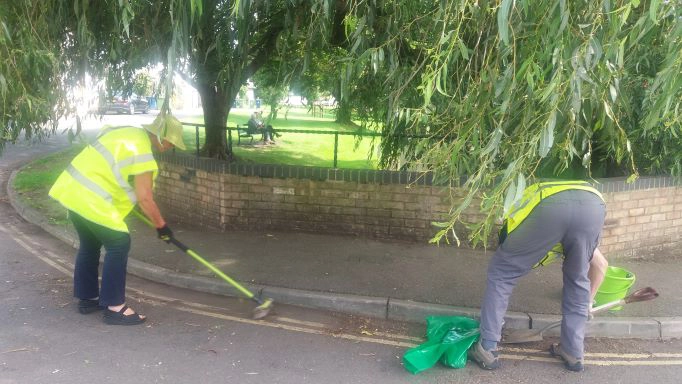
Step 2. Reduce Bare Soil and Sources of Detritus
Weeds are opportunists - they will quickly irrupt into bare soil.
Use planting to suppress weeds
When it comes to weeds, our biggest enemies are detritus and bare soil. We can minimise bare soil by planting it with species we choose to plant. If we are careful with plant choices we can also reduce the maintenance costs, detritus, and seeds produced at the same time.Many Councils are trying to encourage pollinators. The first instinct is therefore to plant bare soil with wild flowers. How about ground cover plants in smaller areas around trees, or on slopes? Changing from grass to ground cover will increase flowers for pollinators such as bees, whilst also reducing the amount of maintenance required for grass. Grass requires continual cutting throughout much of the year, it is expensive to look after. Many ground cover plants only need trimming around once per year and cause far less mess to collect than grass. They may also naturally suppress weeds.
Using low maintenance evergreen hedges instead of fences, will also add to the biodiversity, whilst reducing weeds and maintenance costs - trimming a hedge once per year.
Use Infrastructure Design to make Weed Management Easier
In order to reduce weeds on hard surfaces it is important to ensure that detritus can be easily swept off the surface. For example, designing the corner of a kerb with a nice wide radius, rather than a sharp corner allows a sweeper to easily follow the edge of the kerb and collect any detritus trapped there.Making any connection between hard surfaces and organic surfaces as easily maintained as possible will also have a huge impact on reducing weeds. Wherever possible a hard kerb edge should be used, making it easy to sweep up to.
Stroud Council has " committed to undertaking grounds maintenance using methods which have minimum damaging impact on the natural environment. In keeping with this it will:
1. Prevent by design. Whenever there is the opportunity to influence the design of new features or modify existing ones, control of weeds will be considered when determining materials, siting, angles etc. At all times, preference will be given to incorporating design features which will minimise weed growth. Ground covering plants will be preferred where appropriate over other types of plant.
2. Prevent by maintenance. Routine maintenance such as sweeping of hard surfaces, mulching etc. will be undertaken as required, as will weeding by hoe and hand where appropriate. This policy will apply to Council staff, the areas for which the Council is responsible and to all contractors working on those areas. The Council will identify and list areas under its control where weed control is not required and amend this when circumstance or land under its control change."

Step 3. Remove Detritus and Soil with Mechanical Control
Remove Soil With Weed Brushes
By removing the soil build up on hard surfaces and keeping on top of detritus build up you can significantly reduce the growth of perennials - this in turn immediately reduces the number of applications of glyphosate needed to maintain an area.We can further aid our mission by sealing cracks and joints in our roads and pavements, reducing points where soil can be trapped. Not only can the right approach save money by reducing the volume of applications, it can also save significant sums in surface repair or replacement, as a well maintained, clean surface will be much more resistant to freeze thaw and other destructive processes.
Typically - areas that would require 3-4 applications of glyphosate in a year can be treated to one pass with a weed brush (collecting any arisings with a sweeper) and one glyphosate application per year
Keeping glyphosate in place for the first year will allow you to fall back on this in any areas where weed brushing and sweeping has not been as effective as you wish.
Collect Detritus with a Sweeping Regime
If we remove the soil and, importantly, the cause of the soil, we short circuit the cycle and avoid the need to use chemicals on our hard surfaces.Statutory provision is made for this in The Environmental Protection Act 1990 which imposes duties under section 89(1) and (2) on certain landowners and occupiers to keep specified land clear of litter and refuse, and on local authorities and the Secretary of State to keep clean public highways for which they are responsible.
The code of practice on litter and refuse published by DEFRA April 2006 and modified 2019 - Part 1 Section 5 lists detritus as refuse and litter and must be removed from the highway under section 89 of the act and recommends detritus should be removed from all other hard surfaces as well. When detritus is in its early stages of decomposition it is usually very easy to collect using a sweeper or vacuum. Sweeping the kerb edge is a quick, cheap and easy method of preventing weeds occurring, keeping the channels free for water to flow to drains and preventing soil from ramping the kerbs.
Some examples of successful implementation of this step include Edinburgh City Council, and Newport City Council who have both seen large reductions in the number of applications of glyphosate required following the introduction of annual weed brushing on hard surfaces.
Scott Coughlan - Team Manager Newport City Council said;
“We are really happy with our K820 and it has really reduced our reliance on chemical control, which is better for the environment. With the other two machines we are adding, we can reduce the use of glyphosate even further, which is the intention. I’m of the belief that there will be further restrictions to glyphosate use in the next few years and wanted to be ahead of the massive demand there will be.”

Step 4. Replace Chemical Pesticide Application with a Thermal Solution
Now we are at a point where it is safe to replace Glyphosate with an alternative product...
In the previous steps we focused on preventing weeds from emerging. Because we have minimised the plants access to soil we have restricted the types of weeds you will see, especially on hard surfaces. Now in spring, you will mainly need to deal with young annual weeds and moss.
These weeds can be easily treated with thermal weed control methods such as hot air or hot foam. The use of heat to control unwanted plant growth has been around for many years and was certainly in use before the widespread use of inorganic chemicals. A common misconception is that the plant has to be visibly scorched before it will suffer. The fact is, a plant leaf only has to be briefly exposed to a temperature of around 80°C to suffer terminal damage.
This exposure to severe heat bursts the cells in the plant leaf. This in turn renders the plant incapable of converting light energy in to chemical energy (Photosynthesis) effectively causing starvation.
If you can treat plants early in the year as they first emerge this will further reduce the number of applications of heat required to perhaps one or two.
Hot air is our recommended method for this, as it is a cleaner, cheaper and more efficient way to heat the plant than hot water or foam.
Many Councils and Contractors in the UK are having success with using hot air to control weeds including Looe Town Council, Cormac (Cornwall Council), Port of London Authority and The National Trust among many others.
 400.webp)
You are now a Pesticide Free Borough
Now you have eliminated your reliance on glyphosate except perhaps for special cases of invasive species such as Japanese Knotweed.
Steps 2 and 3 are the most under utilised in the process. They will take time, because it is likely that years of simply spraying your weeds has given rise to lots of soil and detritus. However, these are also the most important steps and are crucial for step 4 to work effectively - whether you adopt hot air, hot water, foam or any other alternative to glyphosate, their success will rely on the implementation of a strategy that reduces soil build up on hard surfaces and leaves no bare soil to populate on organic surfaces.
Some of the equipment needed may be expensive compared to spraying, but if you combine all the steps in this strategy, you can make significant maintenance savings that will likely outweigh any added cost of equipment and labour.

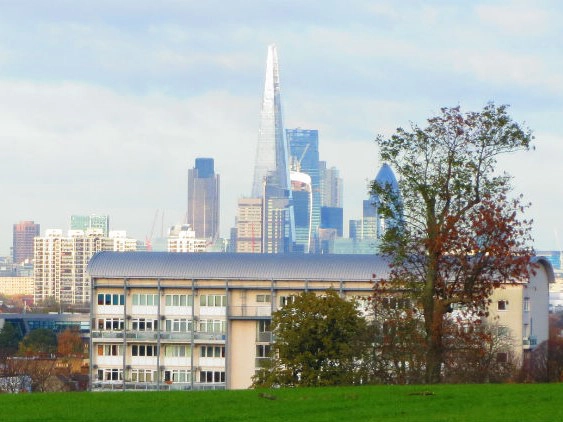
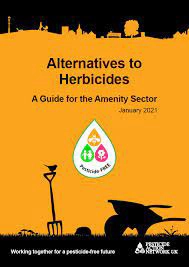
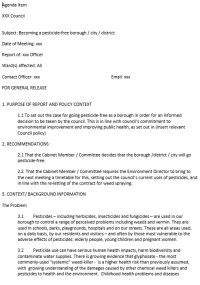
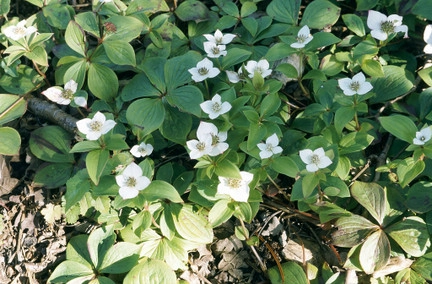
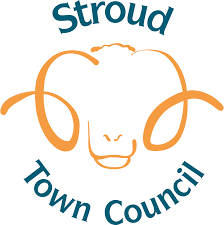
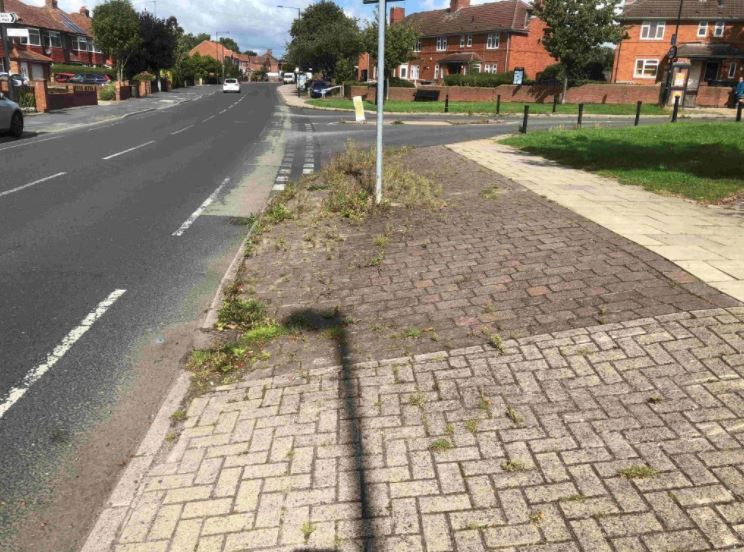

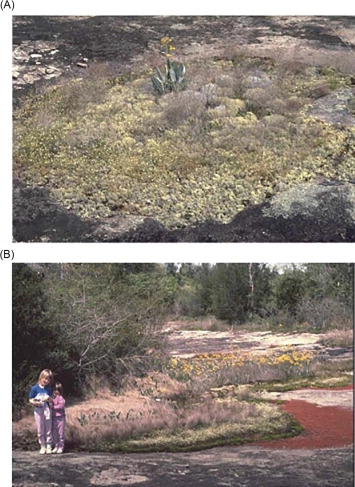
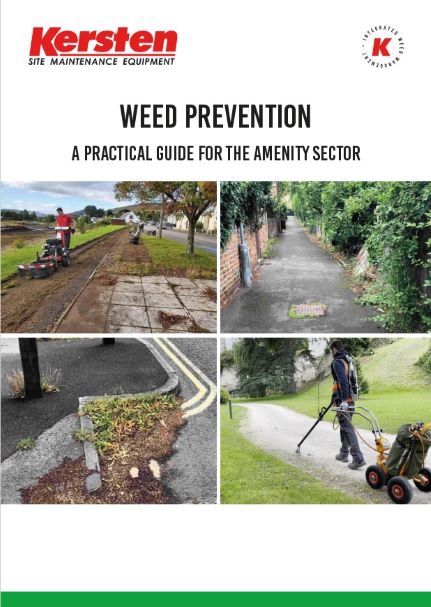
 400.webp)
 300.webp)
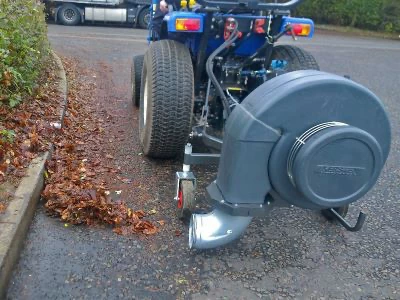
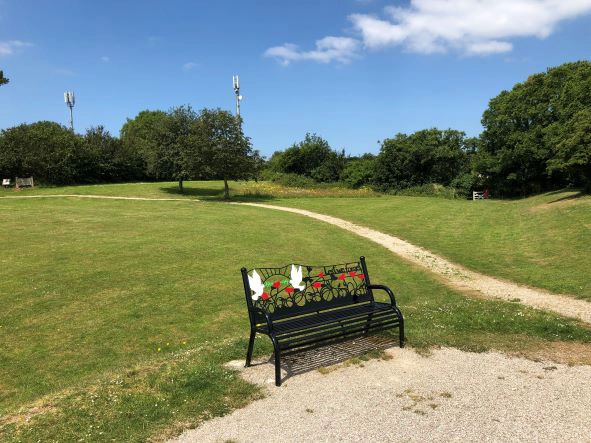
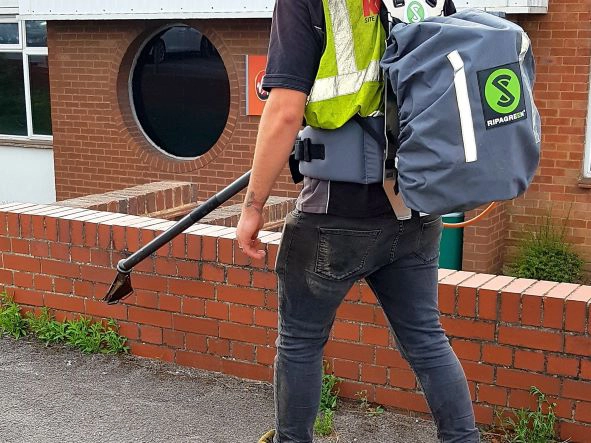
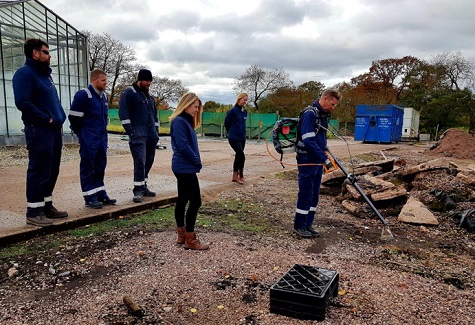
.webp)
